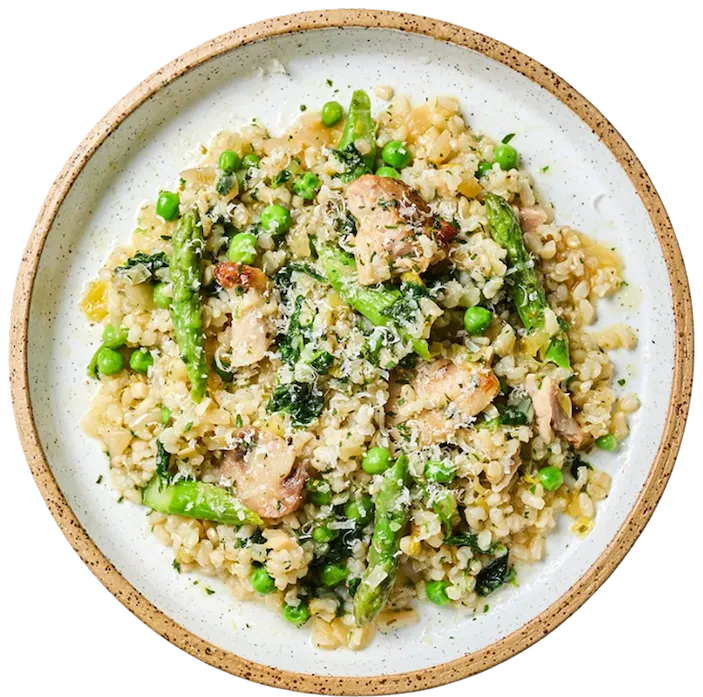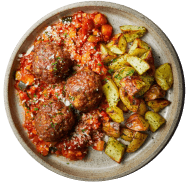Why You Should Be Careful With FODMAP Lists
What Foods Are Really Low FODMAP?
FODMAP research is constantly evolving, and it can be hard to keep up to date with the latest information, especially when seeing healthcare professionals. Often, online or paper lists of low and high FODMAP foods are out of date, and do not take into account individual differences or serving sizes. Read on to discover why we instead recommend the Monash low FODMAP app.
When you are first advised to start on the low FODMAP diet you are often given a list of foods that you can and can’t eat. It usually has 3 columns of foods based on their FODMAP content – Red (avoid at all costs), Amber (eat with caution), Green (good to go). They often define the backbone of the diet and it is how people structure their meals and shopping when following the diet.
Whilst lists are helpful, Sasha would advise caution with paper lists and that you use the Monash low FODMAP app instead. Here’s why….
The problem with paper lists
Many lists that people use are often found after a quick google search online and these can be inaccurate or out of date. As the diet has grown in popularity, so have the resources available online and if you are a FODMAP newbie it can be hard to know who the experts are that you can trust. Anyone can create a list and upload it to a website (even someone without FODMAP expertise) so it may come from an unreliable source. Unfortunately, health care professionals that are not trained in the diet may also fall foul of this and hand over an incorrect list.
Fixed lists also don’t get routinely updated and the research is continually evolving in the field so the list may be out of date soon after it is published
Get the Monash App
The team at Monash University are the experts behind this diet (they created it) and run a FODMAP analysis laboratory where they are constantly testing (and retesting) foods for their FODMAP content. Over the years more and more foods have been tested and even the preparation methods for foods can change their FODMAP content.
They created the Monash low FODMAP app to share this information and this also contains lists of foods (with red, amber, green warnings). Given it is an app it can be updated as the research expands, and you can sleep easy you have the latest information on your phone.
Diversity is important
Any FODMAP dietitian would agree that the greater variety of foods you can enjoy when on the elimination stage of the diet, the better. This is because a diverse gut microbiome has been associated with a plant diverse diet. Paper lists (or the pdf version if you download it) are often shorter, whereas the Monash app is build on a database and has many more foods included. Some paper lists like to exclude full groups of certain foods as it is easier to have a short list e.g. all mushrooms, when in fact oyster mushrooms are okay to eat when on the diet.
Everyone is different
Everyone has different FODMAP triggers for their symptoms and you may not need to follow the same standard list as everyone. The Monash app allows you to add in filters for FODMAPs that you want to avoid but keep in others that you know are fine e.g. lactose for many people. Remember that diversity is the spice of life!
See a dietitian
If you are about to embark on this diet (or you are on it) and have not seen a FODMAP trained dietitian, I would advise you definitely see one. They can tailor the diet to your needs and your way of eating better than any list can. The app can be handy aid to following the diet but is not a replacement for seeing a health care professional. The NHS advises that the low FODMAP diet is done with the guidance of a dietitian.
Some foods you thought you could not eat
Here are some foods as they are currently listed on the Monash App. For an up to date amount please look these foods up on the app as with all fixed lists, this list may not be accurate when they next refresh the app.
- Mushrooms
Oyster mushrooms – up to 75g
Shiitake mushrooms (fresh) – up to 10g
Shiitake mushrooms (dried) – up to 7g
Champignon Mushrooms (canned) – up to 75g - Legumes
Chickpeas (canned and drained) – up to 42g
Lentils (canned and drained) – up to 46g
Black beans/Douchi (fermented) – up to 15g - Vegetables
Onions (pickled in vinegar) - up to 45g
Globe artichoke (fresh) – up to 17g
Globe artichoke (canned) – up to 50g
Asparagus – up to 12g
Beetroot (pickled) – up to 75g
Brussel sprouts – up to 50g
Chicory leaves – up to 75g
Red peppers – up to 43g
Green peppers – up to 75g
Fennel bulb – up to 48g
Leek bulb – up to 10g
Mangetout – up to 17g
Sugar snap peas – up to 14g
Peas (thawed) – up to 14g - Fruit
White Grapes – up to 32g
Red grapes – up to 28g
Jackfruit – up to 100g - Herbs
Chives – up to 4g - Grains
Buckwheat kernals – up to 27g
Buckwheat flour – up to 100g
Spelt sourdough bread – up to 52g
Quinoa – up to 155g - Dairy
Camembert – up to 40g
Parmesan – up to 40g
Crème fraiche – up to 40g
related content
more content: Ibs + Low Fodmap
browse our ranges.
choose from one of our ranges or personalise your own menu from 60+ meals.
- low FODMAP

- eat well, live well programme

- gluten free

- high protein

- weight management

- ibs

- lowest calorie

- lower carbs

- mediterranean

- smaller range

- pcos

- lean + lighter

- menopause

- heart healthy

- full menu

- gift cards